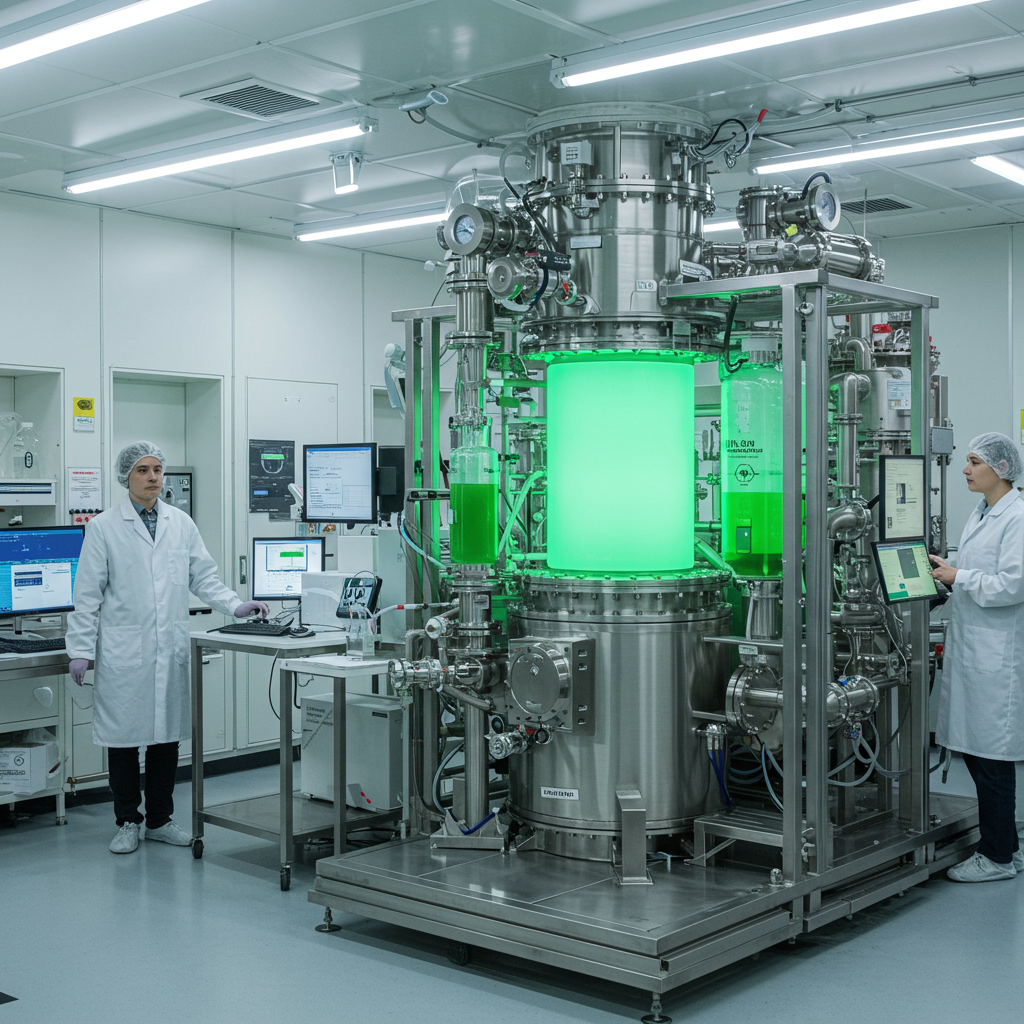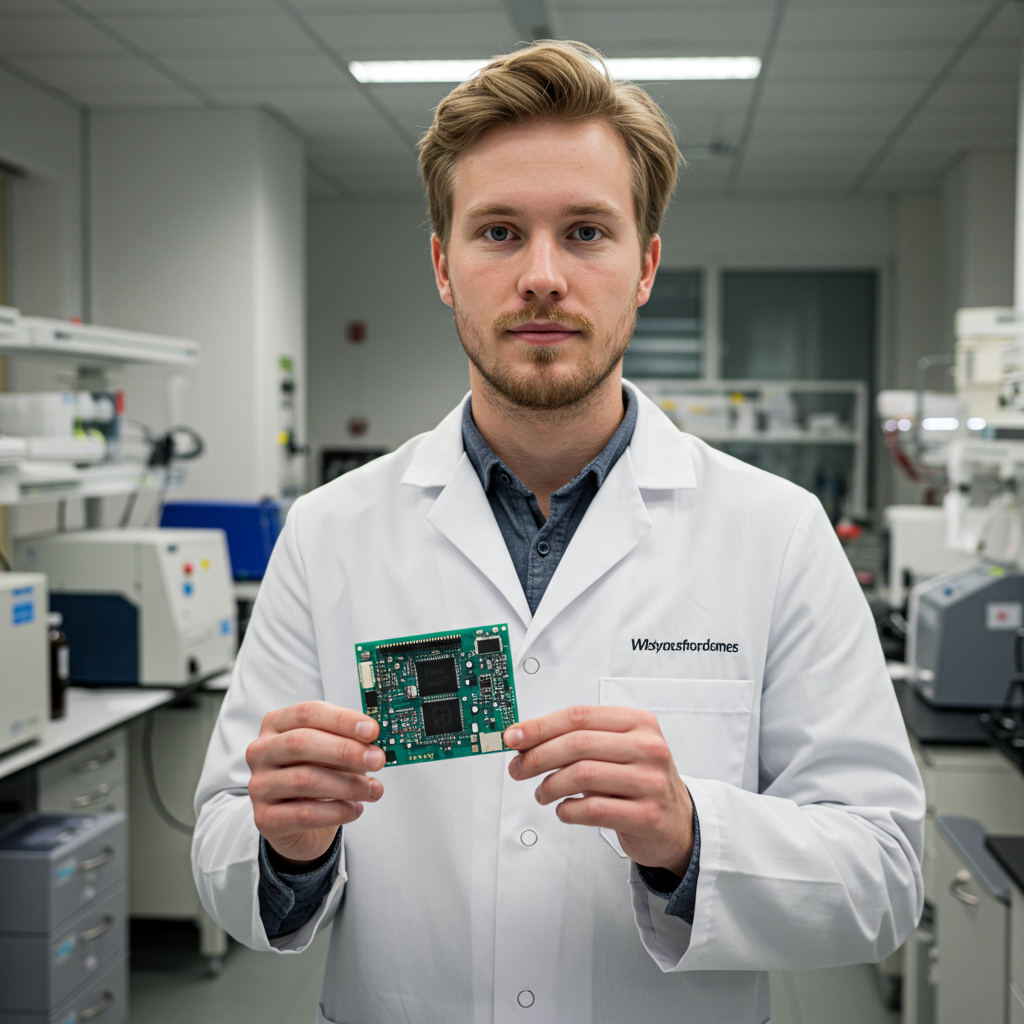The world relies heavily on ammonia, a chemical cornerstone primarily used in fertilizers that underpin global food production, supporting billions of lives. However, its traditional manufacturing method, the century-old Haber-Bosch process, is a significant contributor to carbon emissions and consumes vast amounts of fossil fuels and energy. The urgent need for sustainable alternatives has driven scientific pursuit for decades. Now, a pioneering development from Australia offers a glimpse into a future where this vital chemical can be produced cleanly, directly from the air we breathe.
Researchers at the University of Sydney have achieved a significant breakthrough, developing a novel, electricity-driven method to create ammonia gas. This innovative approach leverages a technique inspired by natural lightning, using plasma and electrolysis to convert nitrogen and oxygen molecules from the air into ammonia. This presents a potentially low-cost, scalable, and decentralized alternative to the energy-intensive, fossil fuel-dependent Haber-Bosch method, marking a critical step towards truly green ammonia production.
The Critical Problem: Why We Need “Green Ammonia”
For over a century, the Haber-Bosch process has dominated ammonia synthesis, a reaction credited with feeding nearly half the world’s population by providing the nitrogen necessary for crop fertilizers. This ingenious method reacts nitrogen from the air with hydrogen, typically derived from natural gas or coal, under extremely high pressures (up to 20 MPa or 200 atmospheres) and temperatures (around 500 °C) using a catalyst. Its success revolutionized agriculture, preventing widespread famine as global populations grew.
However, this vital process carries a massive environmental cost. The Haber-Bosch method is incredibly energy-hungry, accounting for approximately 1% of global energy consumption. More critically, its reliance on fossil fuels for hydrogen production makes it one of the largest industrial emitters of carbon dioxide, contributing between 1% and 2% of total global CO2 emissions annually. For every molecule of ammonia produced using hydrocarbons, a molecule of CO2 is released. Furthermore, the requirement for large, centralized facilities necessitates significant transportation of the final product, adding to its carbon footprint and cost. The combination of high energy demand, fossil fuel dependence, and centralized production underscores the urgent need for a sustainable, low-carbon alternative – often termed “green ammonia.”
A Revolutionary Approach: Mimicking Lightning
Addressing the limitations of the Haber-Bosch process, a team at the University of Sydney, led by Professor PJ Cullen, has dedicated six years to developing sustainable ammonia synthesis methods. Their latest achievement offers a fundamentally different pathway compared to traditional high-temperature, high-pressure reactions. This novel method directly converts the abundant nitrogen and oxygen found in atmospheric air into ammonia gas using electrical energy, bypassing the need for fossil fuel-derived hydrogen feedstock under extreme conditions.
The Australian team’s approach is inspired by the natural nitrogen fixation that occurs during lightning strikes, where immense electrical energy breaks apart resilient nitrogen molecules in the air, allowing them to combine with other elements. The researchers’ method mimics this natural phenomenon using controlled electricity within a plasma generator. This is coupled with a membrane-based electrolyser, creating a two-step process that efficiently drives the challenging chemical conversion.
How the Plasma-Electrolysis Process Works
The core of the University of Sydney method lies in its innovative two-stage design. First, air is introduced into a plasma generator. Here, electrical energy excites and splits the strong molecular bonds of nitrogen (N2) and oxygen (O2) present in the air. Plasma, often referred to as the fourth state of matter, is highly reactive and capable of breaking these stable molecules at relatively lower overall energy input compared to the brute force needed in Haber-Bosch.
The excited, dissociated nitrogen and oxygen species are then channeled directly into a membrane-based electrolyser. Within this electrochemical cell, the activated molecules interact with a catalyst and hydrogen atoms supplied, likely from water splitting within the electrolyser. Unlike some previous experimental green ammonia methods that produced ammonium (NH4+) in a watery solution, this new process is engineered to yield ammonia directly in its gaseous form (NH3). Producing ammonia as a gas is a key advantage, as it avoids the energy-intensive drying and conversion steps required for solution-based products, streamlining the overall process and reducing energy consumption.
Unlocking Potential: Benefits and Applications
This electricity-driven, air-to-ammonia conversion holds immense potential for decarbonizing several critical sectors. If powered by renewable electricity sources like solar or wind, the process could enable truly fossil fuel-free “green” ammonia production. One of the most significant benefits is the potential for decentralization. Instead of relying on massive, distant plants, this technology could allow for smaller, modular ammonia production units located closer to where the ammonia is needed – for instance, on farms for fertilizer production or near ports for maritime fuel. This decentralized model drastically reduces the need for lengthy and energy-intensive transportation, cutting costs and associated emissions.
Beyond its primary use as fertilizer, ammonia is gaining traction for its role in the emerging hydrogen economy and as a potential direct fuel. Ammonia contains three hydrogen atoms, making it an effective and energy-dense carrier for hydrogen, which is difficult and costly to transport over long distances in its gaseous or liquid form. Ammonia can be transported relatively easily and then “cracked” at the destination to release pure hydrogen for fuel cells or industrial uses. Moreover, ammonia itself is being explored as a carbon-free fuel source, particularly for hard-to-decarbonize sectors like the global shipping industry, which currently accounts for around 3% of worldwide greenhouse gas emissions. Burning ammonia produces primarily nitrogen and water, offering a pathway to drastically reduce maritime pollution.
The Road Ahead: Challenges and Future
While the University of Sydney team’s research, published in the prestigious journal Angewandte Chemie International Edition, represents a significant leap forward, the technology is still in the research and development phase. The plasma component of the process is already demonstrating promising energy efficiency and scalability. However, the current focus for further improvement is enhancing the energy efficiency of the electrolyser component. Researchers estimate the electrolyser stage needs to become approximately three times more energy-efficient to be industrially competitive with the best current Haber-Bosch plants.
Developing any radical alternative to an established industrial process like Haber-Bosch involves overcoming substantial technical hurdles. Challenges in novel ammonia synthesis methods often include achieving high reaction yields and selectivity (preventing unwanted side reactions, such as hydrogen evolution), and developing catalysts with sufficient activity and long-term stability required for commercial operation (measured in years, not hours or days). While some companies are exploring short-term green ammonia solutions by powering existing Haber-Bosch plants with renewable energy and green hydrogen (like pilot projects by JGC and Siemens), the University of Sydney’s research represents a push towards fundamentally new, potentially more efficient processes that could eventually replace the Haber-Bosch method entirely.
Frequently Asked Questions
How does the new Australian “lightning” method produce ammonia differently from the traditional process?
The traditional Haber-Bosch process combines nitrogen and hydrogen under extremely high temperatures and pressures, typically using hydrogen derived from fossil fuels. In contrast, the new method from the University of Sydney uses electricity within a plasma generator to excite nitrogen and oxygen from plain air, mimicking lightning. These excited molecules are then converted to gaseous ammonia in a membrane-based electrolyser at potentially lower temperatures and pressures, bypassing the need for fossil fuels as a direct feedstock.
What are the potential uses and benefits of this “green ammonia” beyond fertilizer?
While ammonia is essential for fertilizer, the green ammonia produced by this method also serves as a promising hydrogen carrier, allowing hydrogen energy to be stored and transported more easily before being converted back to hydrogen. It is also being explored as a direct carbon-free fuel source, particularly for sectors like global shipping, which are difficult to electrify. Its production from air and electricity also allows for decentralized manufacturing, reducing transportation costs and emissions.
Is this new ammonia production method ready for widespread use, and what are the main challenges?
The method is currently in the research and development phase and not yet commercially viable on a large scale. The plasma generation step shows good efficiency and scalability, but the key challenge is significantly improving the energy efficiency of the membrane-based electrolyser component. Researchers are focused on optimizing this part of the process to make the overall method cost-competitive with the established Haber-Bosch process before it can be widely adopted by industry.
In conclusion, the University of Sydney’s development of a plasma-electrolysis method to produce gaseous ammonia directly from air using electricity is a pivotal advancement. By moving away from the fossil fuel dependence of the Haber-Bosch process, this technology offers a credible pathway towards decarbonizing essential industries like agriculture and potentially providing sustainable fuel and energy storage solutions. While challenges remain in optimizing efficiency for commercial scale, this breakthrough underscores the potential of innovative chemistry to address pressing global climate concerns and forge a path towards a more sustainable future.




